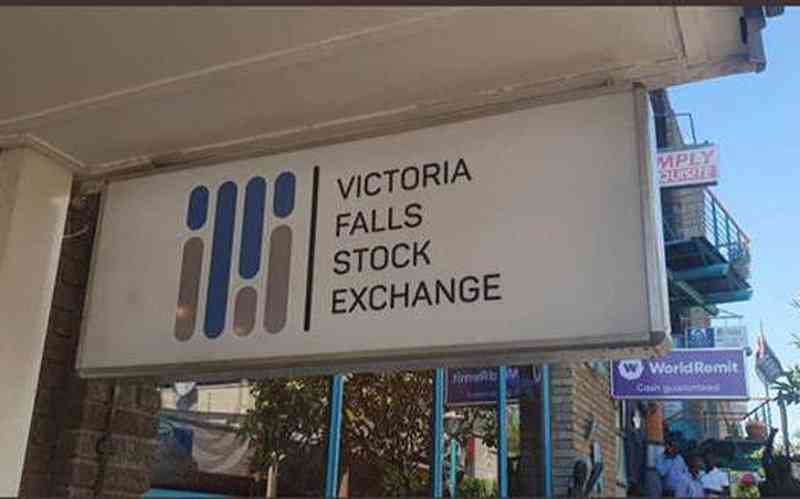
IN the midst of political uncertainty in August, created by the tightly contested general elections, the Zimbabwe Stock Exchange (ZSE) recorded a strong positive performance as opposed to public anticipation.
This is, however, no stranger to the market as, historically, the ZSE has always performed better in volatile waters.
On the other hand, it is imperative to assess key drivers behind the strong outturn.
The mainstream ZSE All Share Index registered a 9,05% nominal return in August, which translates to a whopping 7,2% growth in USD terms. Recording a real return that matches the nominal return on ZSE is unprecedented since the introduction of the Zimbabwe dollar as a currency.
In USD terms, the ZSE had been on a free-fall since June, dipping by -29,6% in June and after which it slid by -15,4% in July before the halt and a positive turn in August.
In nominal terms, the ZSE succumbed to a sharp decline of -33% in July. The recovery, thereof, registered in August was mainly attributed to buoyant investor-morale and appetite induced by developments on the currency markets.
The central bank introduced measures to tighten the monetary policy in May and to ensure access to foreign currency on formal channels. These measures included the introduction of the Dutch Auction market, which prioritised highest bidders, and the floatation of the willing-buyer willing-seller (Interbank) market that saw the formal currency market directly competing with the parallel market. Resultantly, the exchange rate premium was trimmed and activity on the parallel market was subdued as the formal market increasingly gained traction.
Subsequently, the exchange rate stabilised and allowed value preservation in Zimbabwe dollar denominated asset classes.
- Stop clinging to decaying state firms
- Piggy's Trading Investing Tips: De-risking mining projects
- Chance to buy 'undervalued' counters: FBC
- Zimbabwe's capital markets collapse
Keep Reading
This also meant foreign investors could easily liquidate portfolios and access their returns in foreign currency.
Consequently, demand for stocks was resilient in August after the central banks’ measures curtailed money supply in the economy, which could have led to reduced activity on the financial market as was witnessed in other sectors of the economy.
In nominal terms, total turnover traded on ZSE was relatively stable during the review period, at ZW$39,2 billion from ZW$40,8 billion in July. However, in USD terms, the value of shares traded on ZSE rose by 4% from US$8,2 million in July to US$8,6 million in August. Buttressing this growth in turnover was an increased appetite for Zimbabwe dollar stocks from foreign investors.
Foreign inflows (foreign portfolio investment) grew by a staggering 335% in August to a four months high of US$900 000. On the other hand, foreign outflows (sell-offs) slowed down by -28% in August to US$1,6 million.
Meanwhile, on the offshore USD market, activity has been slowing on the Victoria Falls Stock Exchange in the past two months, with turnover easing by -8% in July and -29% in August. This is indicative of different fundamentals driving the two supposedly similar yet totally different markets.
The VFEX continues to be affected by the unwavering challenge of liquidity while ZSE remains a prisoner of volatility.
Going forward, developments around the stability of the Zimbabwe dollar and access to foreign currency by foreign investors will continue to buttress performance on ZSE and attract foreign investors.
Meanwhile, US$ liquidity levels in circulation will also continue to directly affect viability of the VFEX. While foreign investors can, theoretically, easily deal with securities on VFEX, the liquidity constraint will weigh on prospects on portfolio liquidation hence foreign investors will likely continue preferring the ZSE due to its high liquidity levels.
The ball lies in government courts.
The exchange rate as at July 31 was US$1:ZW$4 516,80.
- Duma is a financial analyst and accountant at Equity Axis, a leading media and financial research firm in Zimbabwe. — twdumah@gmail.com or tinashed@equityaxis.com, Twitter: TWDuma_






